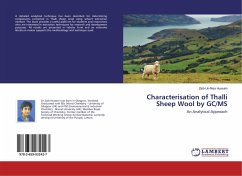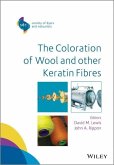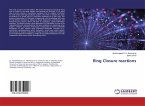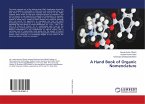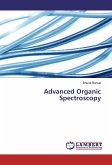Wool is one of the most expensive fabrics in the international market. Moth and carpet beetles cause damage worth millions of dollar annually to clothing, rugs and upholstery. Moth and microorganisms result in wool damage, skin irritation or infection. To overcome these problems woolen fabrics are reduced and grafted with various types of moth proofing agents such as quaternary ammonium salts: N,N bis(3-chloro-2-hydroxypropyl)tetra-methyl diammonium dichloride, N,N-dioctylmethyl (3-chloro-2-hydroxy propyl) ammonium chloride and N, -bis(3-chloro-2-hydroxypropyl) tetramethyl ethylene diammonium dichloride. Also, the resistance of wool is enhanced by using mono or bi-functional reactive dyes. Treatments of wool fabrics with the above compounds not only improve the antimicrobial activity, but also the mechanical properties of the fabric and its dye uptake.
Bitte wählen Sie Ihr Anliegen aus.
Rechnungen
Retourenschein anfordern
Bestellstatus
Storno



